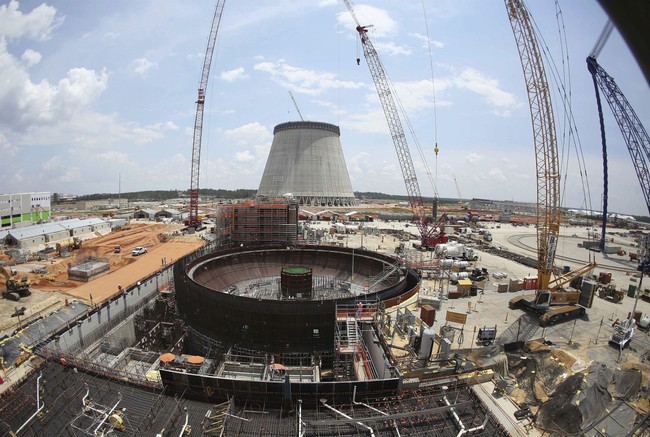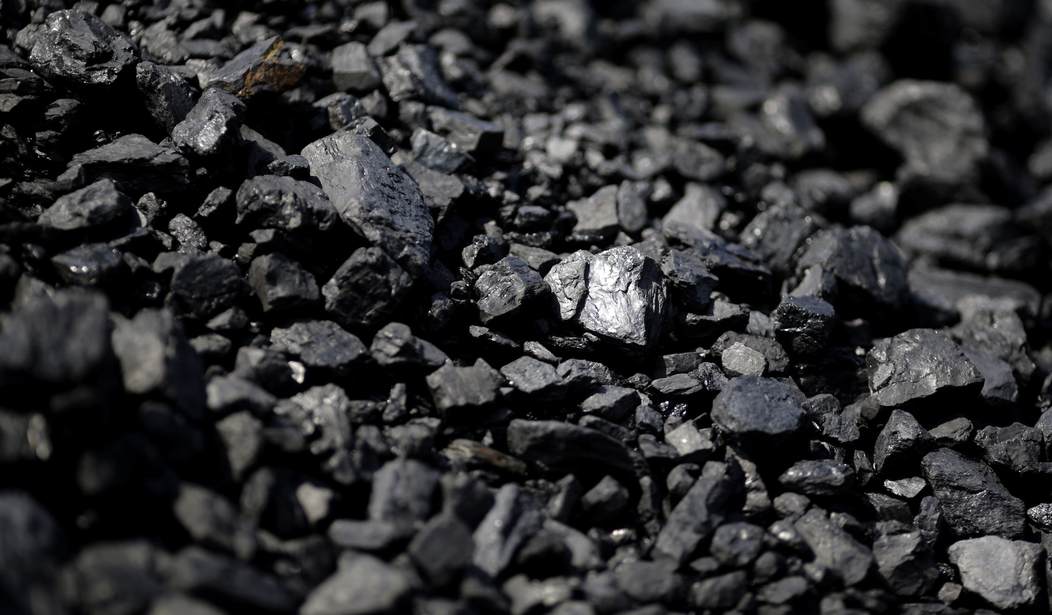When it comes to energy generation, coal is still king, and there's no indication that will be changing any time soon.
In the worldwide battle for electric generation, coal isn’t down and out. It isn’t even on the ropes. According to World Energy Data (formerly BP’s data collection report), coal is still the champ.
In 2022, coal accounted for 35.4% of global electric generation, followed by natural gas (22.7%), hydro (14.9%), nuclear (9.2%), wind (7.2%), solar (4.5%), geothermal, biomass, and other renewables (3.6%).
The historic trends contradict the conventional view that fossil generation has been declining, while renewables are gaining. According to the data, “The share of low carbon fuels (nuclear, hydro, wind & solar) peaked at 36% in 1995, coinciding with COP1 [the first UN conference of parties].”
In other words, even now, after decades of shouting about the need for green energy, coal still produces almost three times the electricity generation of wind and solar combined. Coal is cheap, it's readily available, and it has far greater energy density than wind or solar - and energy density is the greatest factor mitigating against wind and solar.
What's interesting is to look at the trends. Here are those numbers in this key segment of this story:
According to the International Energy Agency (IEA) in its Coal Market Update, coal demand for power generation and steel making ”reached a new all-time high in 2022.” IEA added, “Coal trade in 2023 is heading back to 2019 volumes.”
IEA noted, “Despite lukewarm economic prospects, global supplies grew by 8% in 2022 to a record 8 634 Mt. The three largest producers – China, India, and Indonesia – each reached all-time highs in 2022. Coal production was mainly boosted by China and India, which rapidly increased domestic production to mitigate exposure to high market prices after a first price spike in October 2021.”
IEA added, “Global coal production is expected to grow further in 2023, driven by an expected strong ramp-up of production in China, India, and Indonesia in the first six months, offsetting declines in the United States and the European Union. Russian coal production is estimated to have recovered somewhat in the first half of 2023.”
Meanwhile, here in what is supposedly the most technologically advanced nation in the world, the Los Angeles Times is telling us we may have to put up with rolling brownouts to save the planet.
Of course, there is one good alternative to coal for electrical generation, at least in developed nations. It would be an alternative to natural gas, too, as well as hydro, wind, solar, and all the rest - nuclear power.

The reason nuclear power is the final answer is simple: Energy density.
Every major step forward in energy production and use has been due to increased energy density - that is, the amount of energy contained in a unit (pound, liter, hogshead, choose your unit of measure) of material. Charcoal contains higher energy density than wood; most of the first ironmongers used charcoal to smelt ore. Coal has more energy density than charcoal. Natural gas, more than coal. Nuclear fission has the highest energy density of any production material to date, barring the always-thirty-years-away possibility of nuclear fusion. The United States has considerable uranium reserves, which we should be exploiting.
China has left the Paris Climate Agreement. India and Indonesia are still signatories, but a quick look at the proposed goals for greenhouse gas reductions shows them at a much lower reduction requirement than the United States, with India at 4.10 percent and Indonesia at 1.49 percent compared to the United State's requirement of 17.49 percent. China, by the way, was on the hook for a 20.09 percent reduction, but they're out of the picture and are still ramping up their coal production.
Those reductions are expensive. They are based on bad science. Even so, we have a cleaner, more energy-dense, zero-emissions source of electrical generation at our disposal now, and we're not making the most use of it. Instead, we are supposed to make do with unreliable power generation and short-range, unreliable electric automobiles while China ramps up its capacity. Our own government has largely pushed us to the edge of this cliff.
There is some cause for hope; the first completely new fission reactor in the United States in over thirty years has now gone online. Georgia Power Company's Plat Vogtle is working — seven years late and $17 billion over budget, but it's working. There may be hope for us yet.
In the meantime, coal remains king. China, India, and Indonesia are using it to their best advantage. It would be in our interests here in the United States to do the same.














Join the conversation as a VIP Member